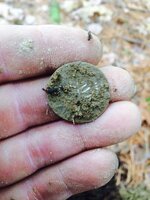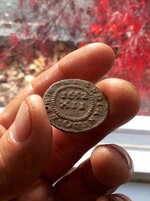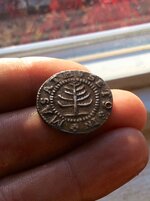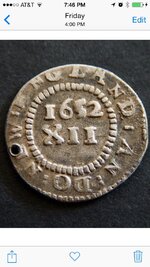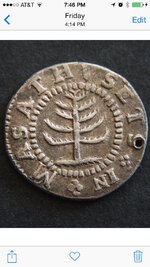What do you mean by "polish"? It sounds like taking an abrasive and rubbing the #ell out
of it. You wouldn't do that to your kids would you? Why do it to coins which we idolize?
Shouldn't we instead spray them with black paint and call it good?
of it. You wouldn't do that to your kids would you? Why do it to coins which we idolize?
Shouldn't we instead spray them with black paint and call it good?



